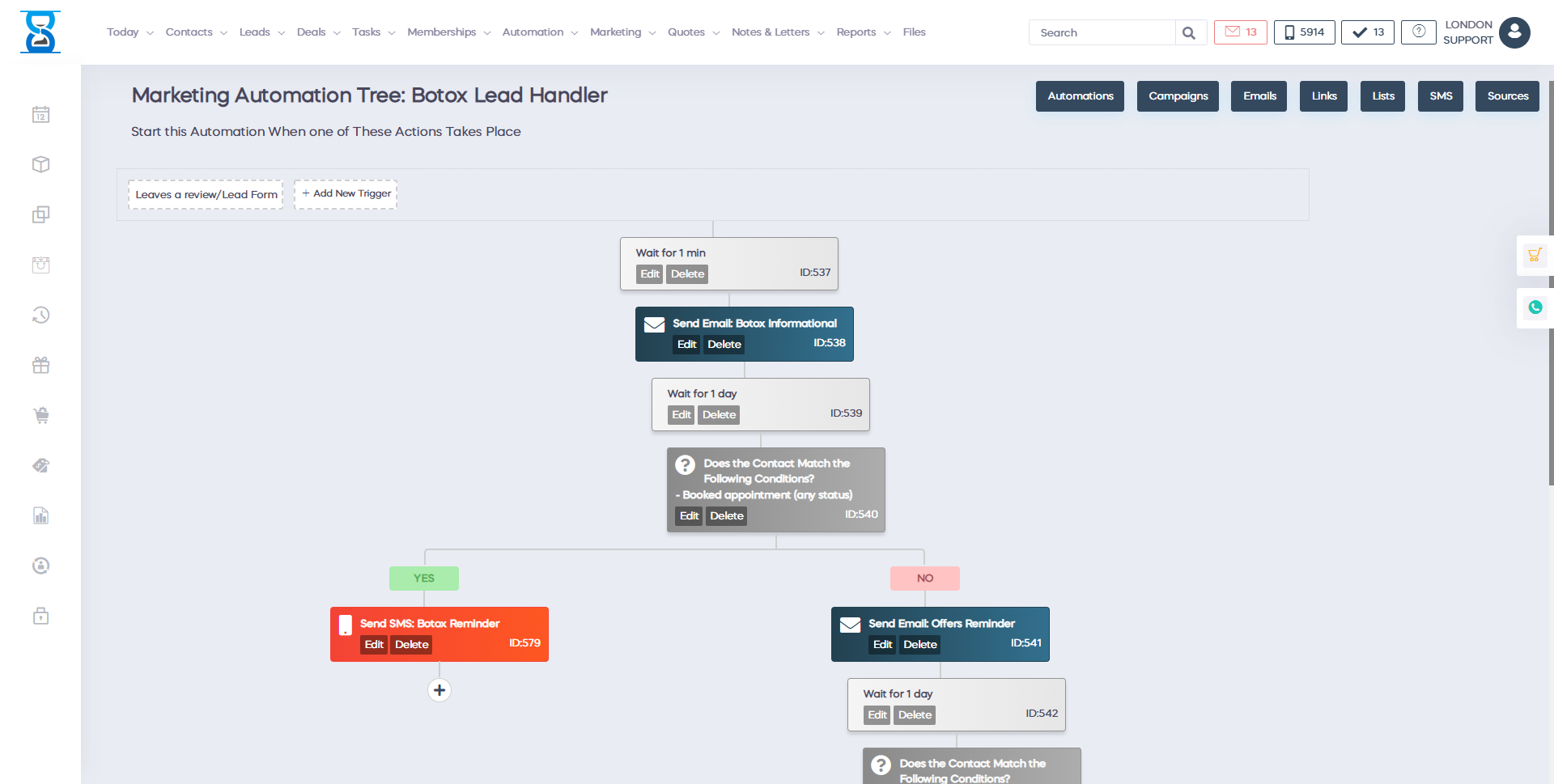

Manual tasks can slow down your operations. With automation, repetitive tasks are handled instantly, freeing up time for more strategic work.✅


An Automation Tree runs continuously, ensuring that your workflows are always active and progressing. No missed steps, no downtime—your business keeps running smoothly.✅


As your business grows, so do your processes. Automation can handle increased workloads without additional effort. It's like having an entire team running behind the scenes!✅


Human error is inevitable in manual tasks. Automation ensures precision, accuracy, and consistency in every step of your business processes.✅


By reducing manual labor and errors, automation leads to significant cost savings. You can do more with less effort and fewer resources.✅


Automation helps you track the progress of workflows in real-time, providing valuable insights into where bottlenecks occur and how performance can be improved.✅
An automation tree is a visual framework used to
automate business processes and workflows by linking a series of tasks, triggers, actions, and
decisions in a logical sequence. It’s called a "tree" because it branches out into different
paths based on specific conditions or actions, much like a decision tree. These branches can
represent different steps or stages in a workflow, and they are programmed to respond to
specific triggers or inputs automatically.
For example, in a customer service process, an automation tree might be set up to send a
follow-up email after a customer inquiry, then alert a sales representative if the customer
hasn’t responded within a certain time. If the customer does respond, the tree might
automatically trigger the next step, such as updating a CRM (Customer Relationship Management)
system or sending further personalized communications. Each task is systematically connected, so
the entire workflow operates without the need for constant human intervention.
By activating the automation tree, businesses essentially "power up" a self-running system that
processes steps one after the other, ensuring that all necessary actions are carried out
smoothly and efficiently. The process continues in a loop or sequence until the goal is reached
or the automation is stopped. This makes automation trees particularly valuable for running
operations that require consistency, speed, and accuracy.


Automation trees provide businesses with a powerful tool to streamline operations, improve accuracy, and work more efficiently. With the ability to run around the clock, they are especially valuable for scaling and optimizing workflows, making them a critical component for any growing organization.
Start automating today and unlock new levels of productivity and growth. Click below to schedule a FREE Demo and see how automation can transform your business!
